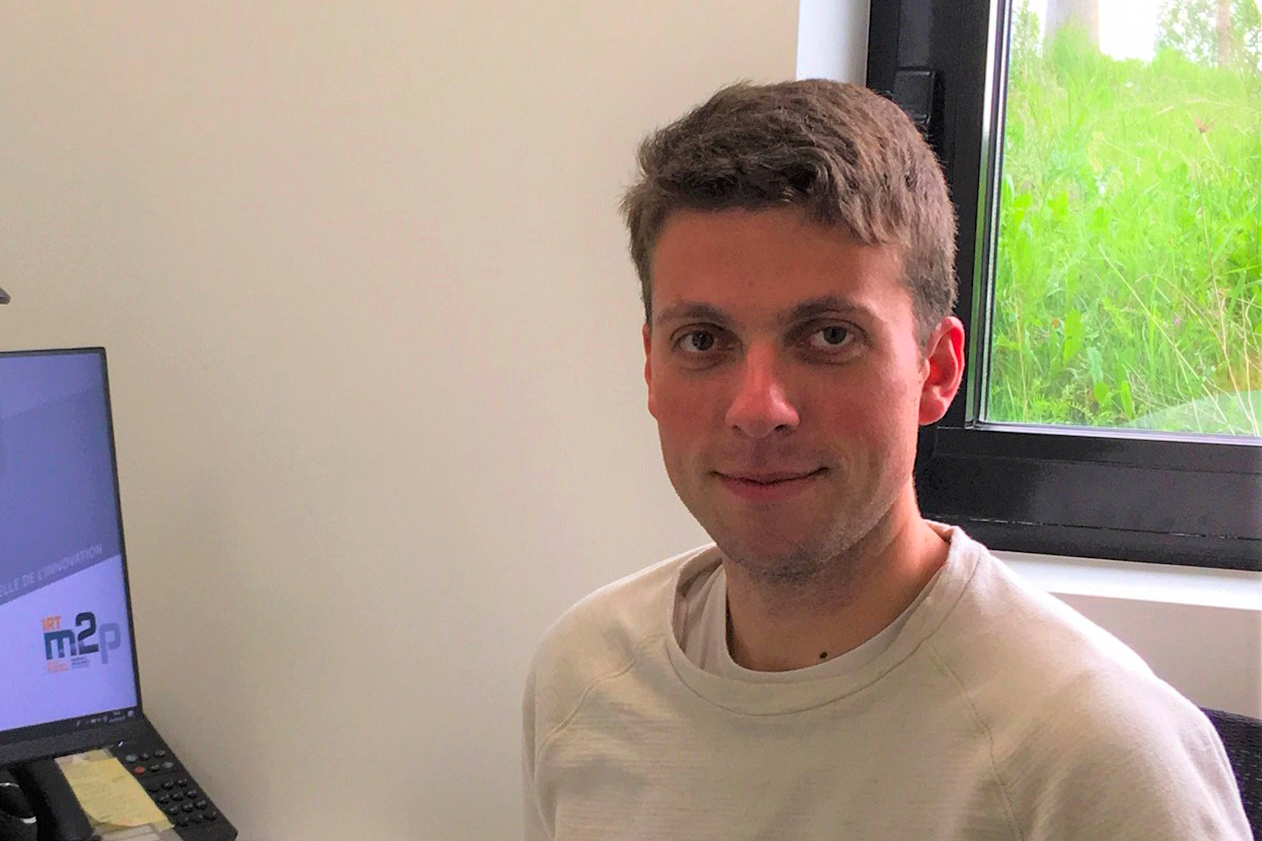Interview: Camille Pineau, IRT-M2P
Camille Pineau is a research engineer at IRT-M2P (Institute for Technological Research on Materials, Metallurgy and Processes). He works full time on ESSIAL to deliver electrical steel sheets in order to optimize the implementation of a laser treatment, and samples characterizations in order to have a better understanding of the relationship between the metallographic and magnetic structure.
Question: Camille, could you present the IRT-M2P and its tasks within ESSIAL?
The IRT-M2P accelerates innovation processes and optimizes the maturity of key shared technologies between major industrial sectors (aeronautics, automotive, naval, energy, general industry) in the domains of materials, metallurgy and related processes. The IRT's activities are structured around 3 main areas: Elaboration, Surface treatments, Composites & Assembly. Within the ESSIAL project, the main missions of IRT-M2P are to emulate the electrical steel processes and to produce metal sheets. The idea is to control the whole process and therefore be more flexible concerning the implementation of the laser treatment compared to industrial lines. We also try to bring our metallurgical point of view in the project concerning the effects of the laser on the sheets.
How do you share the work with the CRM (Center for Metallurgical Research), which is also involved in the definition of the metallurgical processes?
With CRM, we defined different steel compositions and different metallurgical routes in order to produce both non-oriented and grain-oriented steels. As the metallurgical processes for electrical steels are quite complex, the processes steps have been distributed among us to be more effective. Same for the sample characterizations.
What are the main obstacles to overcome when producing an electrical steel and trying to implement a surface laser treatment?
Within the ESSIAL project, the main obstacle when producing an electrical steel is to emulate such a complex process of production at a laboratoryscale while achieving industrial quality material. Moreover, as metallurgists, we need to understand the relationships between the metallographic structure (grain-size, texture, presence of defects) and the magnetic structure which is very peculiar.
What are the different options and strategies to implement a surface laser treatment within a metallurgical process?
There are several strategies to implement a surface laser within the metallurgical process. The first one is to implement the laser treatment at the end of the process line, as it is already carried-out industrially but with different types of laser treatments. Within the ESSIAL project, it is also desired to implement the laser treatment upstream of the end of the process in order to have a better control of the magnetic structure.
What gain can be expected if the global process for producing electrical steel is optimized?
If the global process for producing electrical steel is optimized, we can expect very good benefits due to the magnetic loss reduction. This loss reduction will lead to more efficient material thus more efficient electromagnetic machines. Plus, an optimization could also lead to great economical benefits due to the weight reduction of the machines for example.
What are the main achievements so far in this ESSIAL Work-Package?
So far, we have been able to cast ingots of metal with different compositions in order to produce both non-grain oriented and grain-oriented steel. These ingots were hot rolled, annealed and some of them were cold rolled. We also carried out analysis to see the influence of the laser treatments on the metal. These analyses are still ongoing.


